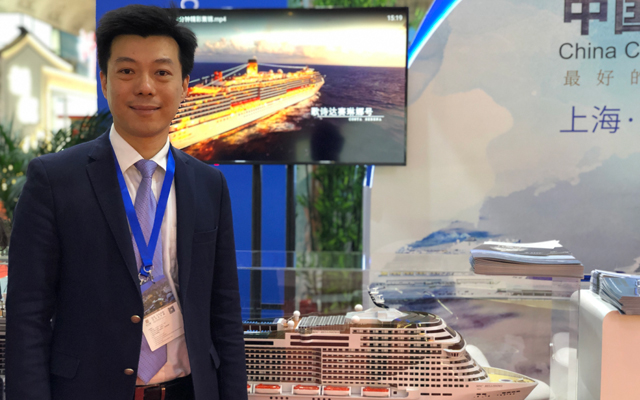China’s growing domestic demand for cruising holidays has spurred a slate of developments and enhancements to domestic cruising facilities, championed by the China Cruise Tourism Development Demonstration Zone (CCTDDZ), the operator of the Wusongkou International Cruise Terminal in Shanghai.
The port is gearing up to receive a spike in volumes of cruise passengers, with Switzerland-based MSC Cruises launching its newest flagship MSC Bellissima there in June 2020. Set to be the largest cruise ship deployed in Asia, the vessel will sail a maximum of 5,686 guests across 35 trips from its homeports in Shanghai, Tianjin, Qingdao and Shenzhen, starting with its maiden call from Shanghai.

In 2021, Wusongkou Terminal will then welcome a larger ship, Royal Caribbean International’s Wonder of the Seas, which has a capacity of more than 6,000 pax.
This ripe cruising landscape presents many opportunities for Shanghai and other Chinese port cities, as Wusongkou Terminal is already seeing “more and more” international passengers making the cruise journey from as far as Europe and the US, shared Eric Cai, deputy general manager, Shanghai International Cruise Tourism Service Centre.
He added that the fly-cruise market is also growing for China, as visitors from Europe prefer to land in Shanghai and spend a week in the city before hopping on a cruise to Japan.
“Currently, the terminal will take about four hours to complete passenger check-in for the average cruise ship. With more sailings and bigger ships calling at Wusongkou Terminal, we have to ensure a faster and smoother check-in process,” expressed Cai.
In anticipation for the greater demand for seamless travel, CCTDDZ has begun installing AI-powered kiosks for passengers to check in using facial recognition data instead of manual passport checks.
“The AI intelligent system will allow passengers to enjoy a fast and contactless check-in, and skip the complex documentation process at embarkation,” said Cai.
This system can reduce the total check-in time to about 2.5 to three hours, enabling Wusongkou Terminal to become a “frictionless port” by 3Q2020, confirmed Cai.
The organisation is also pumping in more value-added services to enhance visitors’ off-ship experience. For instance, it has introduced an airport chauffeur service with luxury cars and a VIP lounge.




















